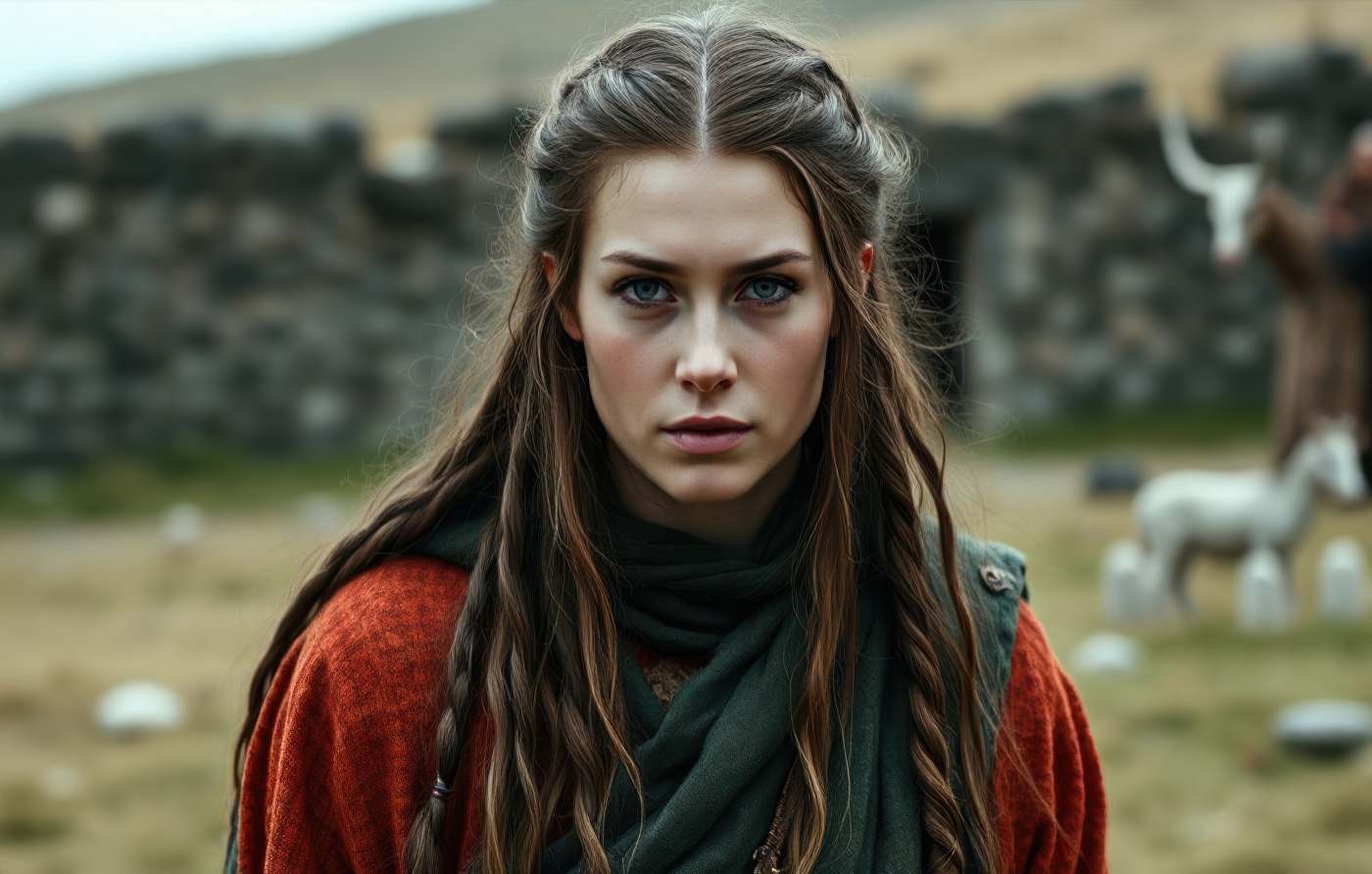New DNA analysis reveals that 2,000 years ago, women played central roles in British Celtic societies, with husbands joining their wives’ communities after marriage.
Key Points at a Glance
- Research indicates that British Celtic societies during the Iron Age were matrilocal, with women staying in ancestral communities and men moving in after marriage.
- Excavations of Iron Age cemeteries reveal maternal lineage dominance and valuable burial items associated with women.
- The findings align with Roman accounts of empowered Celtic women, such as queens Boudica and Cartimandua.
- DNA comparisons show persistent connections between British and continental European populations.
Recent research published in Nature highlights the central role of women in Iron Age British Celtic societies, overturning long-held assumptions about gender dynamics in ancient Europe. By analyzing the genomes of 57 individuals buried in Iron Age cemeteries associated with the Durotriges tribe in southern Britain, scientists have found compelling evidence of matrilocal social structures. These findings suggest that women stayed in their ancestral communities, while husbands moved in after marriage, indicating a significant shift from the patrilocal systems commonly observed in earlier European societies.
The Durotriges tribe, known to have inhabited the central southern English coast between 100 BC and AD 100, provides a unique window into this matrilocal system. Excavations revealed that most individuals in these burial sites were maternally related, while unrelated individuals were predominantly male. This pattern strongly suggests that land and community ties were maintained through the female line, a system previously undocumented in European prehistory. “This is the first time this type of system has been documented in European prehistory, and it predicts female social and political empowerment,” said Dr. Lara Cassidy, one of the study’s co-authors.
These findings resonate with Roman accounts of Celtic societies, where women often held positions of power and authority. Historical records from the Roman era document their astonishment at encountering queens like Boudica and Cartimandua, who led armies and wielded significant influence. The burial of Durotrigian women with valuable items, such as elaborate jewelry and goods, further supports the notion of their elevated status within these communities.
The significance of this matrilocal pattern extends beyond gender roles. Researchers compared ancient British DNA with samples from continental Europe, including France, the Netherlands, and Czechia, spanning over 6,000 years. This analysis uncovered evidence of persistent cross-channel cultural exchange, which likely shaped local traditions and may have facilitated the introduction of Celtic languages to Britain. These connections underscore the dynamic interplay between British and European societies during the Iron Age.
While matrilocality does not inherently guarantee female political and social empowerment, researchers believe it is strongly associated with these outcomes. “It resonates with Roman descriptions of Celtic women and provides a new lens through which to understand the social dynamics of ancient British communities,” Cassidy added. The findings offer profound insights into how cultural practices, gender roles, and population movements shaped these societies.
The study also highlights the adaptability and diversity of human social systems over time. Earlier research had established that patrilocal systems were dominant during the European Neolithic, Copper, and Bronze Ages. The emergence of matrilocal structures among Celtic tribes suggests a localized shift, potentially driven by environmental, economic, or cultural factors unique to Iron Age Britain.
These revelations deepen our understanding of ancient British societies, providing a nuanced perspective on their social organization and cultural connections. The research also underscores the importance of integrating archaeological and genetic evidence to unravel the complexities of human history. As further studies explore these dynamics, they promise to shed light on the enduring legacy of women in shaping the cultural and social fabric of ancient Europe.
